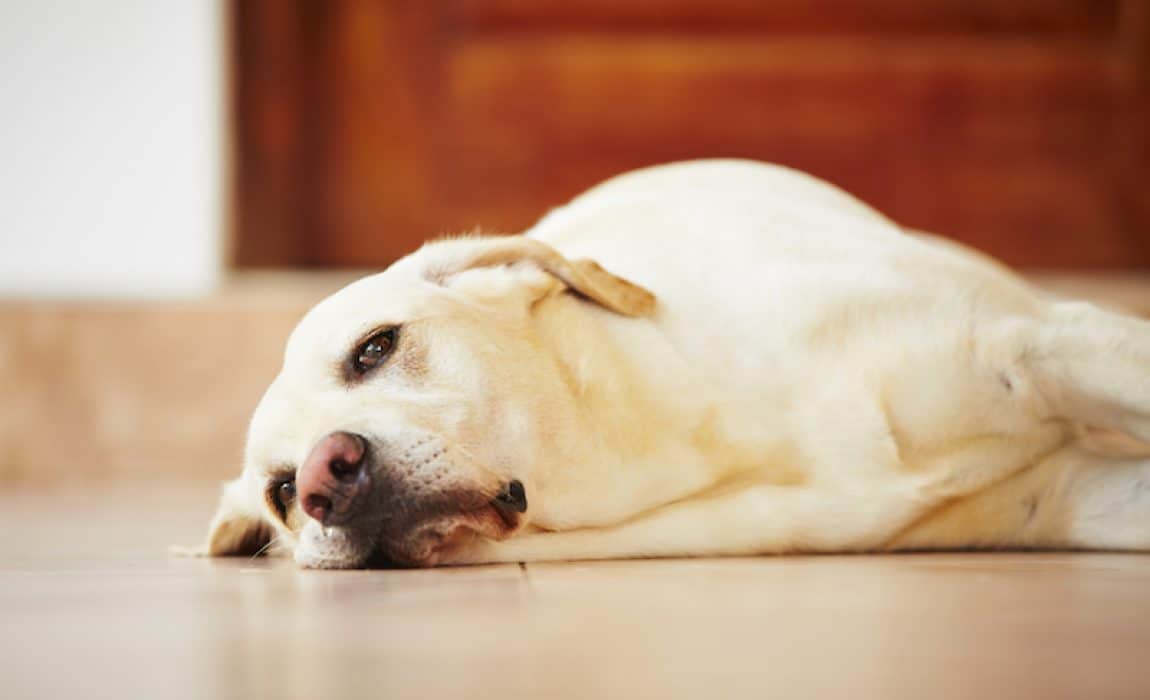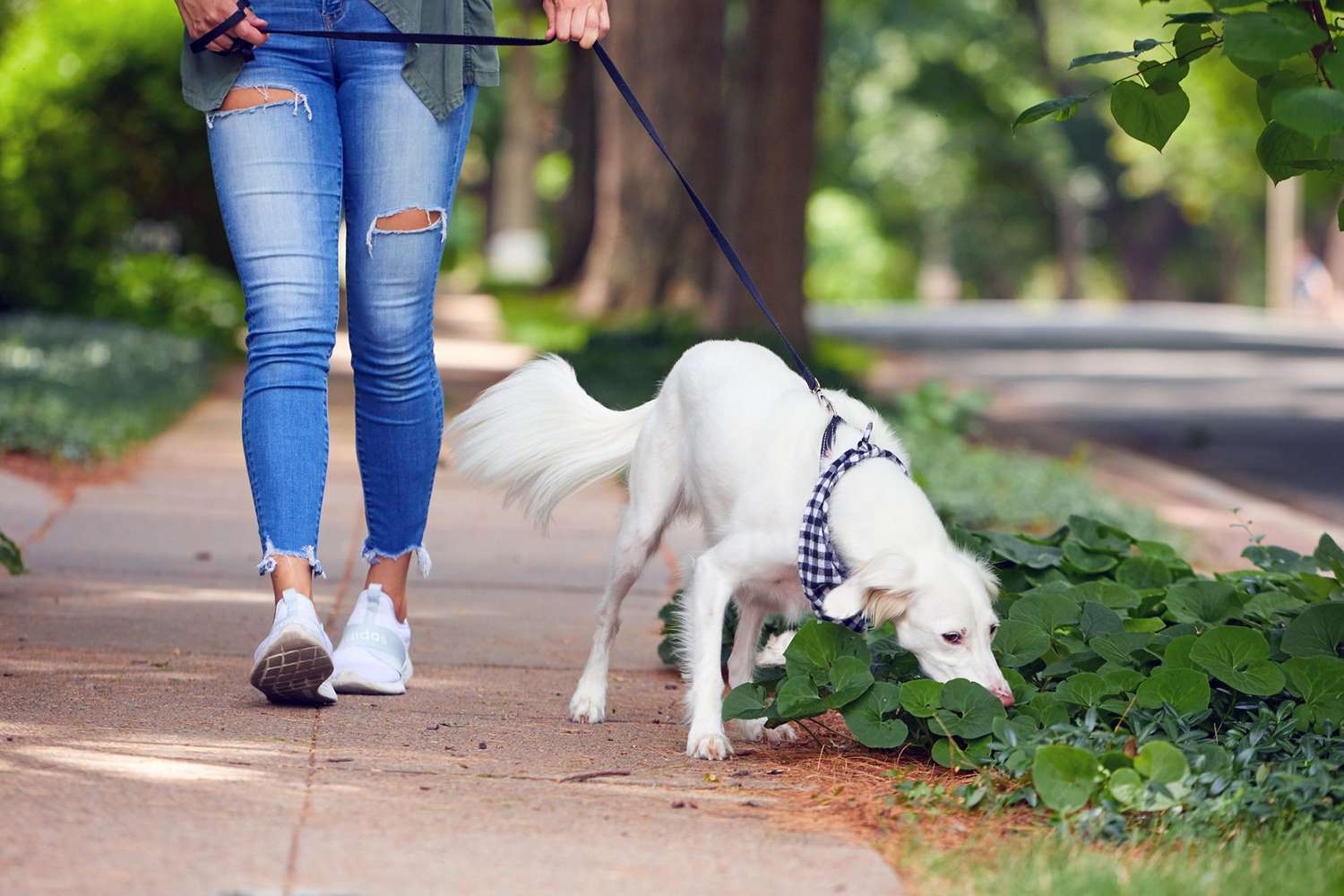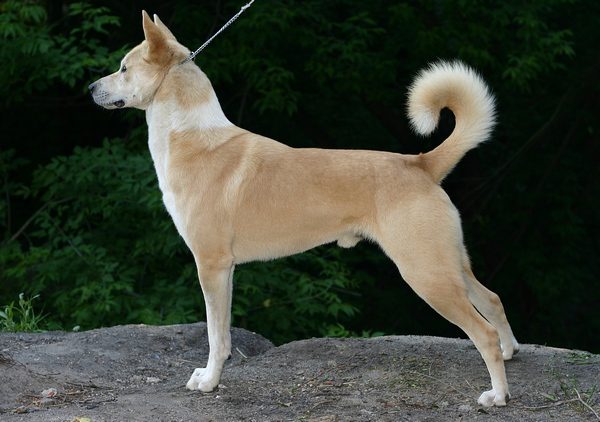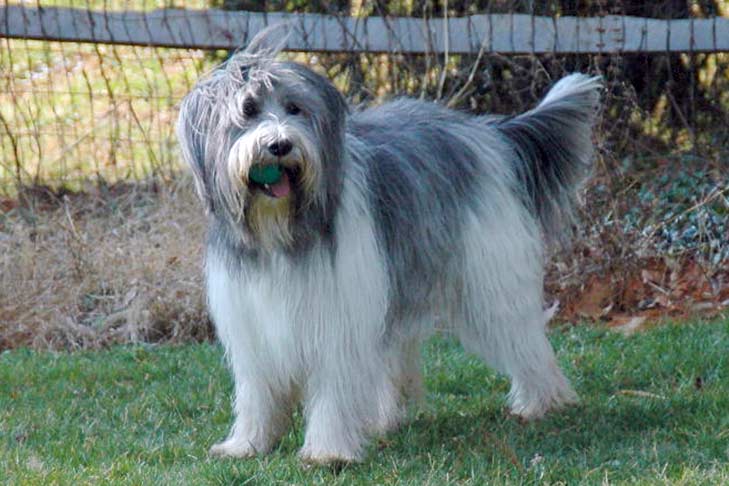If you're looking for ways to keep your furry friend active and entertained, we've got you covered! Discover a variety of activities that will help burn your dog's energy and keep them happy and healthy.
Key Takeaways:
- Regular exercise is crucial for maintaining a healthy and happy dog.
- Engaging in activities that burn your dog's energy can prevent destructive behavior at home.
- Varying the types of activities you do with your dog keeps them mentally stimulated and prevents boredom.
- Activities that involve both physical and mental challenges, such as agility training, are highly beneficial for dogs.
- It's important to tailor the intensity and duration of activities to your dog's age, breed, and overall health condition.
Activities to Burn Your Dog's Energy
1. Playing Fetch
One fun activity to burn your dog's energy is playing fetch. This game involves throwing a ball or a toy and having your dog chase after it and bring it back to you. It provides both physical exercise and mental stimulation for your furry friend.
To play fetch, find an open space such as a park or your backyard. Throw the ball or toy a moderate distance away from you, encouraging your dog to run after it. When they retrieve the item, reward them with praise or a treat. Repeat this process several times, allowing your dog to take short breaks in between.
2. Going for a Run
If you enjoy jogging or running, why not bring your dog along? Dogs love to run, and it's an excellent way for them to burn off excess energy. Before starting any running routine with your dog, ensure that they are physically fit and healthy enough for this activity.
Start by taking short runs with your dog and gradually increase the distance over time. Remember to bring water for both you and your dog, especially on hot days. Running together not only helps keep your dog active but also strengthens the bond between you and your furry companion.
3. Setting Up an Obstacle Course
An obstacle course is another exciting way to engage your dog in physical exercise while challenging their mental abilities. You can create one using items found around the house or purchase specialized agility equipment if you're looking for a more advanced setup.
Designing an obstacle course can be as simple as using chairs as hurdles for your dog to jump over or arranging cones for them to weave through. You can also include tunnels made from cardboard boxes or even small jumps if your dog is capable. Guide your dog through the course using treats or toys, rewarding them for successfully completing each challenge.
Engaging Your Dog in Physical Exercise
Types of Physical Exercise for Dogs
Physical exercise is crucial for maintaining your dog's overall health and well-being. There are various types of physical activities that you can engage your dog in to keep them active and fit. One popular form of exercise is taking your dog for regular walks or runs. This not only helps them burn off excess energy but also provides mental stimulation as they explore their surroundings.
In addition to walks, you can also incorporate other forms of physical exercise such as playing fetch, participating in agility training, or going swimming with your dog. These activities help improve their cardiovascular health, build muscle strength, and enhance their coordination and balance.
Tips for Engaging Your Dog in Physical Exercise
- Start slow: If your dog is not used to regular exercise, gradually increase the intensity and duration of their physical activities to avoid any injuries.
- Vary the activities: Keep your dog engaged by mixing up different types of exercises. This prevents boredom and ensures they receive a well-rounded workout.
- Consider their breed: Different breeds have different exercise requirements. Research about your dog's breed to understand what type and amount of exercise they need.
- Monitor the weather: Be mindful of extreme temperatures or adverse weather conditions that may affect your dog's ability to exercise comfortably. Adjust the intensity or duration accordingly.
The Importance of Mental Stimulation for Dogs
Benefits of Mental Stimulation
Mental stimulation is just as important as physical exercise when it comes to keeping your dog happy and healthy. Engaging their minds helps prevent boredom, reduces destructive behaviors, and promotes overall mental well-being. Providing mental stimulation can be as simple as introducing new toys or puzzles that challenge your dog's problem-solving skills.
Training sessions are another excellent way to provide mental stimulation. Teaching your dog new commands or tricks not only exercises their brain but also strengthens the bond between you and your furry friend. Additionally, interactive games such as hide-and-seek or scent detection activities can keep their minds sharp and engaged.
Tips for Providing Mental Stimulation
- Rotate toys: Introduce a variety of toys and rotate them regularly to keep your dog interested and prevent boredom.
- Use food puzzles: Food-dispensing toys or puzzles require your dog to work for their treats, providing mental stimulation while satisfying their natural instincts.
- Teach new tricks: Continue to challenge your dog by teaching them new commands or tricks. This keeps their minds active and engaged.
- Engage in interactive play: Play games with your dog that involve problem-solving, such as hiding treats around the house for them to find.
Games and Toys to Keep Your Dog Active and Entertained
Interactive Toys for Dogs
Keeping your dog active and entertained is essential for their overall well-being. There are numerous games and toys available that can help achieve this goal. Interactive toys, such as treat-dispensing balls or puzzle toys, provide mental stimulation while keeping your dog physically engaged. These toys require them to figure out how to access the treats, keeping their minds occupied and preventing boredom.
You can also engage in interactive play with your dog using items like frisbees, flying discs, or rope toys. These types of toys encourage physical activity while promoting bonding between you and your furry companion. Additionally, playing games like tug-of-war or fetch can provide both mental and physical stimulation for your dog.
Tips for Choosing Games and Toys
- Consider your dog's size and breed: Choose toys that are appropriate for your dog's size and breed to ensure safety during playtime.
- Inspect toys regularly: Regularly check your dog's toys for any signs of wear or damage. Replace them if they become torn or broken to prevent choking hazards.
- Rotate toys: Introduce new toys periodically and rotate them to keep your dog interested and prevent boredom.
- Choose durable materials: Opt for toys made from sturdy materials that can withstand rough play and chewing.
Frequency of Activities to Burn Your Dog's Energy
Determining the Right Frequency
The frequency of activities required to burn your dog's energy depends on various factors such as their age, breed, size, and overall health. Generally, dogs should engage in physical exercise daily, with the duration varying based on these factors. High-energy breeds may require more frequent or longer exercise sessions compared to low-energy breeds.
Puppies have higher energy levels and shorter attention spans, so they may need multiple short bursts of exercise throughout the day. Adult dogs usually benefit from at least one hour of exercise per day, which can be divided into two or three sessions. Older dogs may require less intense exercise but still need regular activity to maintain their health.
Tips for Determining the Right Frequency
- Consult with a veterinarian: Seek guidance from a veterinarian who can assess your dog's specific needs based on their age, breed, and health condition.
- Observe your dog's behavior: Pay attention to your dog's energy levels and behavior after exercise. If they still seem restless or have excess energy, consider increasing the frequency or intensity of their activities.
- Consider individual preferences: Some dogs may require more exercise than others due to their natural energy levels or specific breed traits. Tailor the frequency of activities based on your dog's individual needs.
Benefits of Regular Walks or Runs for Your Dog
Physical and Mental Benefits
Regular walks or runs provide numerous benefits for your dog's physical and mental well-being. Firstly, these activities help maintain a healthy weight by burning calories and preventing obesity, which can lead to various health issues in dogs. Walking or running also improves cardiovascular health, strengthens muscles, and enhances overall endurance.
In addition to the physical benefits, walks and runs offer mental stimulation for your dog. Exploring different environments, encountering new smells, and interacting with other dogs or people during walks can keep their minds engaged and prevent boredom. This can contribute to better behavior at home as well.
Tips for Enjoyable Walks or Runs
- Use a comfortable leash and harness: Ensure that your dog is comfortable during walks by using a properly fitted leash and harness that does not cause discomfort or restrict movement.
- Vary the routes: Take different paths during walks to expose your dog to new sights, sounds, and smells. This keeps their walks interesting and mentally stimulating.
- Allow sniffing breaks: Dogs rely heavily on their sense of smell, so allow them time to explore and sniff around during walks. This provides mental stimulation for them.
Indoor Activities to Burn Your Dog's Energy During Bad Weather
Fun Indoor Exercises
When bad weather prevents outdoor activities, there are still plenty of indoor exercises that can help burn your dog's energy. One option is playing interactive games like hide-and-seek or treasure hunt. Hide treats or toys around the house and encourage your dog to find them, providing mental and physical stimulation.
You can also set up obstacle courses using household items such as chairs, cushions, or tunnels. Guide your dog through the course, incorporating commands and tricks to keep their minds engaged. Indoor fetch with soft toys or playing tug-of-war can also provide a good workout while keeping your dog entertained.
Tips for Indoor Exercises
- Clear the space: Ensure that the area where you plan to exercise your dog indoors is free from any hazards or fragile objects that could be knocked over during playtime.
- Use treat-dispensing toys: Incorporate treat-dispensing toys into indoor exercises to provide mental stimulation while rewarding your dog for their efforts.
- Practice obedience training: Utilize indoor exercise sessions as an opportunity to reinforce obedience training by incorporating commands and tricks into the activities.
- Monitor intensity levels: Adjust the intensity of indoor exercises based on the size, age, and fitness level of your dog. Avoid overly strenuous activities in confined spaces.
Signs that Indicate Your Dog Needs More Physical Activity
Recognizing Signs of Restlessness
Dogs are highly active animals by nature, so it's important to recognize signs that indicate they may need more physical activity. Restlessness or excessive energy can be a clear indication that your dog needs additional exercise. If your dog is pacing, constantly seeking attention, or engaging in destructive behaviors such as chewing on furniture or digging, it may be a sign of pent-up energy.
Other signs include weight gain, decreased appetite, or difficulty settling down and relaxing. These behaviors can often be alleviated by providing more opportunities for physical exercise and mental stimulation.
Tips for Addressing Restlessness
- Increase exercise duration: Gradually increase the duration of your dog's daily exercise sessions to help burn off excess energy.
- Add mental stimulation: Incorporate more mentally stimulating activities into your dog's routine to keep their minds engaged and prevent boredom.
- Consider professional help: If your dog's restlessness persists despite increased exercise, consult with a professional trainer or behaviorist who can provide guidance tailored to your specific situation.
- Stick to a routine: Establish a consistent routine of exercise and mental stimulation for your dog to provide structure and help them expend their energy in a healthy way.
Tips for Creating a Balanced Routine of Exercise and Rest for Your Dog
Striking the Right Balance
A balanced routine that includes both exercise and rest is crucial for maintaining your dog's overall health and well-being. While regular physical activity is important, it's equally essential to provide ample time for rest and recovery. Dogs need periods of relaxation to recharge their energy levels and allow their muscles to recover from exertion.
To create a balanced routine, ensure that you incorporate appropriate amounts of exercise based on your dog's age, breed, size, and overall health. Allow time for structured walks or runs, interactive play sessions, training, and mental stimulation. However, also provide quiet periods where your dog can relax and enjoy downtime.
Tips for a Balanced Routine
- Establish a schedule: Set specific times for exercise, play, training, and rest to create a structured routine that your dog can rely on.
- Consider age and health: Adjust the intensity and duration of activities based on your dog's age and health condition. Puppies may require more frequent bursts of exercise, while older dogs may need shorter sessions.
- Provide comfortable resting areas: Ensure that your dog has access to comfortable beds or designated resting spots where they can relax undisturbed.
- Monitor energy levels: Pay attention to your dog's energy levels throughout the day. If they seem excessively tired or restless, adjust the routine accordingly to provide more rest or exercise as needed.

















